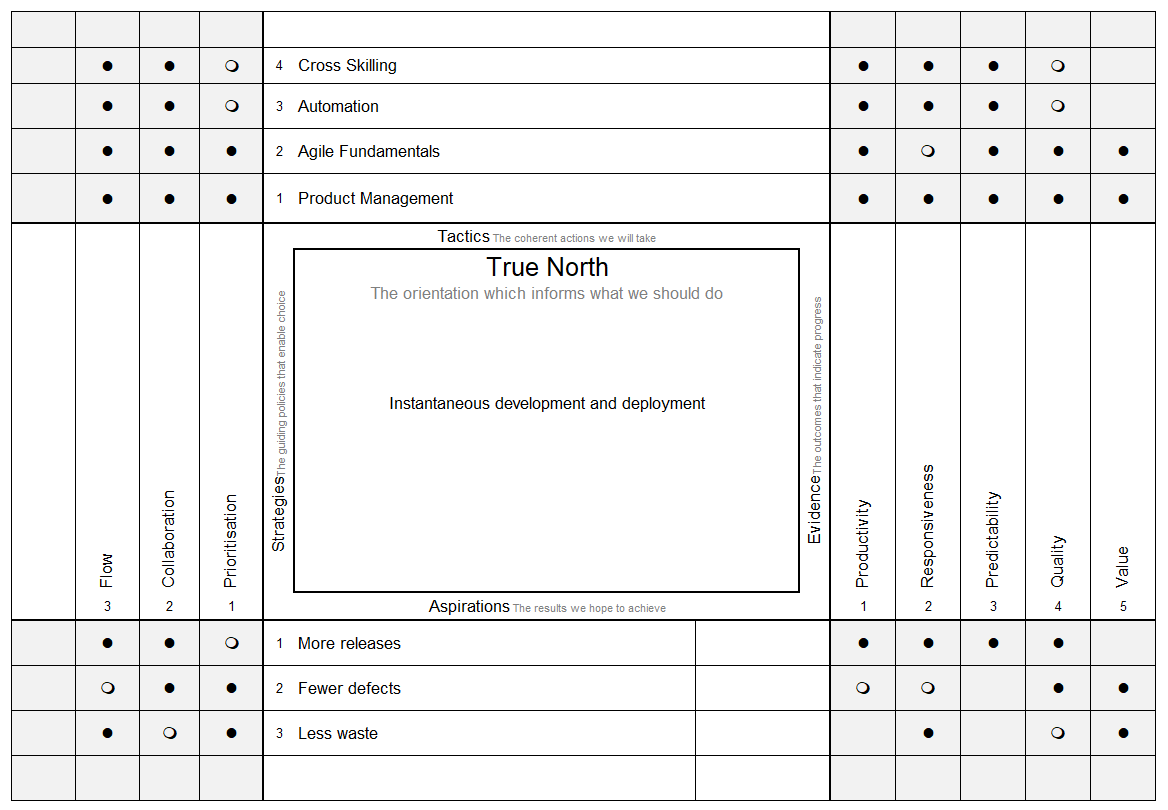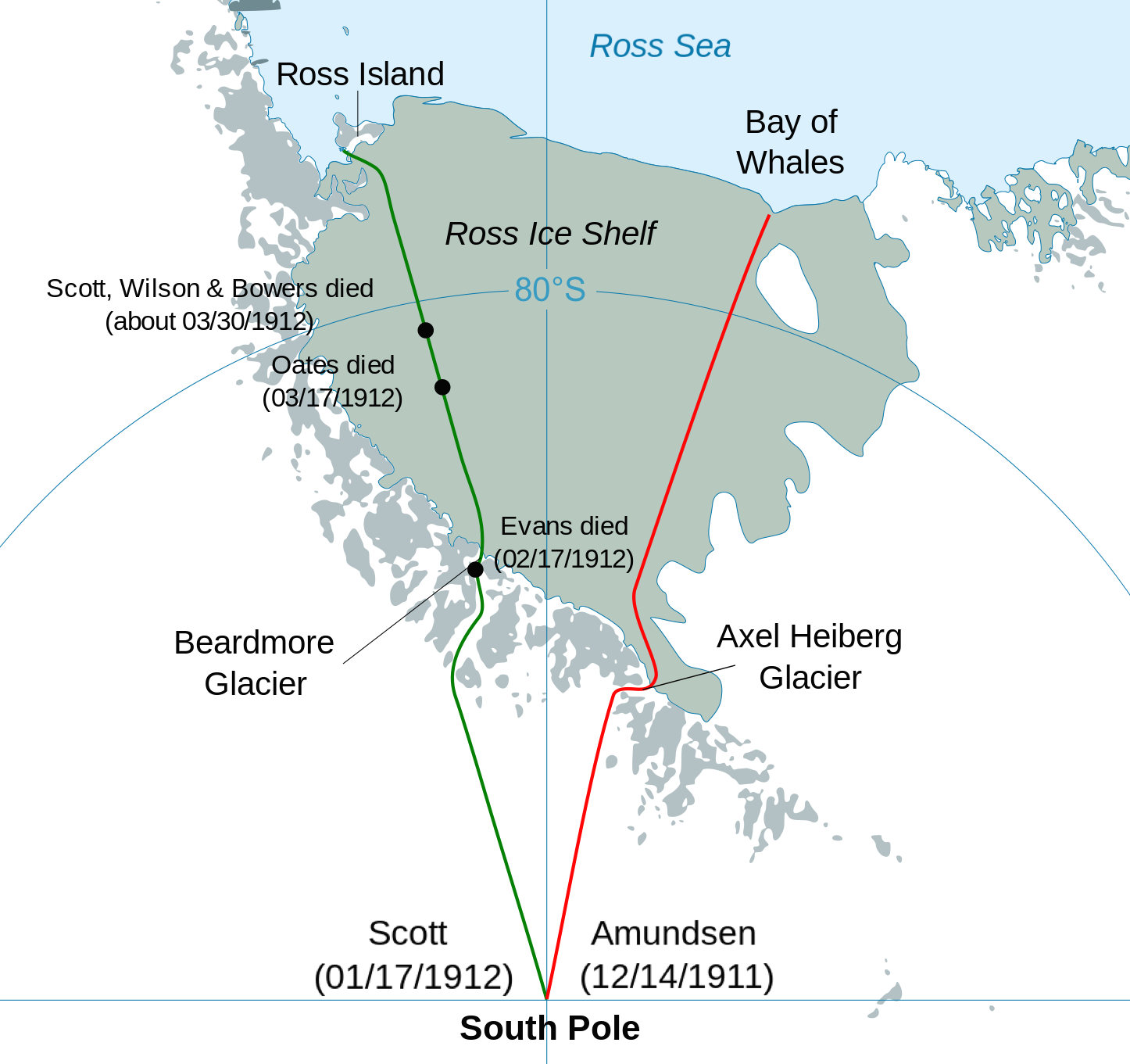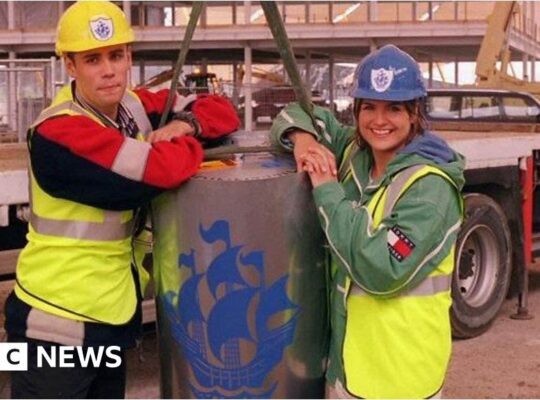The Miroverse Now Has An X-Matrix Template
You can now easily create and collaborate an X-Matrix in Miro with a Miroverse template. Read more to discover how to find and use it.
Karl Scotland – Using Agility Strategically

You can now easily create and collaborate an X-Matrix in Miro with a Miroverse template. Read more to discover how to find and use it.

A description of an X-Matrix from an agile transformation I have recently been involved in, and which is something I can publish with some minor tweaking.

What important lessons can we learn from the story of Scott and Amundson’s race to the South Pole that we can apply to an Agile Transformation?

Inspired by a card deck of tactics on how to do strategy, this post suggests 50 ideas for a strategy deployment deck to be used in an agile transformation.

This post follows up on a Twitter thread I posted in November exploring ways of measuring the predictability of teams. I also discussed some of these ideas in a Drunk Agile episode. When I begin working with an organisation on the agile transformation, an early conversation is around successful outcomes. My work on Strategy Deployment is all about answering the …

This post introduces Idealised Design, as described in the book Idealized Design: How to Dissolve Tomorrow’s Crisis…Today by Russell L. Ackoff, Jason Magidson and Herber J. Addison, and explores how it relates to Strategy Deployment. The post is a continuation of the series on Strategy Deployment And other approaches. What is Idealised Design? The basic premise of Idealised Design is …

I have previously posted separately about Strategy Deployment and OKRs and Kanban. This is a guest post by Matt Roberts on OKRs and Kanban that brings the two together. With a degree of confidence, I am going to assume that you know what Objective and Key Results or OKRs are. As a goal-setting framework, it has become a favourite amongst …

I’ve been trying to come up with a better name for Strategy Deployment for a long time. One that has stuck with me recently is Continuous Strategy.

Time capsules can be a metaphor for transformation; a prediction of what we think people should know in the future, based on what we know today.

In a previous post on backbriefing, I described it as “a process with which people can check their understanding of the intent of their work and whether their plans will meet that intent”. On reflection, I realised I missed an important element. It is also leadership checking whether they have described their intent with enough clarity. Put another way, backbriefing …